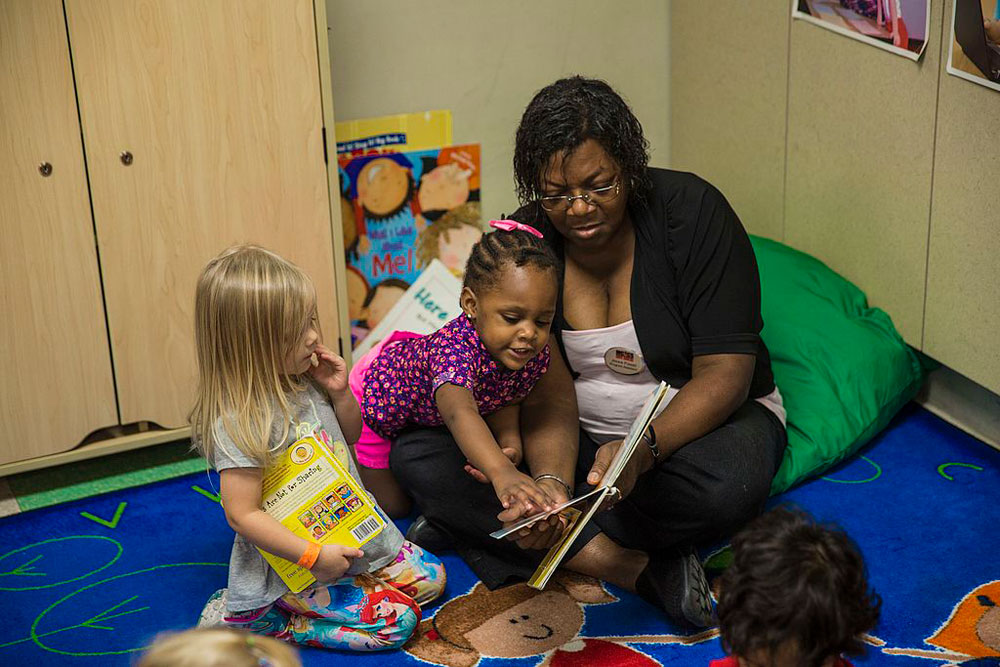
June 9, 2020; MassLive and the Los Angeles Times
Without a functional system for providing childcare, getting people back to work is clearly going to be difficult. A variety of barriers stand in the way of that industry’s reopening. Putting aside fears parents may have about sending their children to any congregate setting at this point, the safety precautions being written into reopening regulations make these facilities much less financially viable. This would be only a temporary setback temporary with sufficient capital to work around that for a while, but the industry lacks the necessary level of stimulus money to weather the crisis. At this time, about a third of all childcare workers have been laid off or furloughed, and some centers aren’t able to reopen at all.
In Boston, for example, classrooms that once used to host 20 children now are limited to 10 or fewer. These capacity social distancing guidelines may or may not be as “draconian” as they have been described, but they do blow up the business models of these nonprofits, which were often operating on very tight margins already.
The Sunshine School in Kailua, Hawaii, where daycare slots are at a premium, has only been open for a week, and it is required to maintain a limit of 10 people per room.
“Each classroom, of which we have three, has nine students and one staff member,” says school director Julie Kalakau. “So total enrollment right now is 27 and normally we’re at 49.” This means that they have had to essentially implement a triage process with parents.
Sign up for our free newsletters
Subscribe to NPQ's newsletters to have our top stories delivered directly to your inbox.
By signing up, you agree to our privacy policy and terms of use, and to receive messages from NPQ and our partners.
I had a couple of Zoom meetings with the families and just kind of said, “We’re gonna open up and use the honor system. If you got called back to work or if both parents are not working in the house, we want to give priority to those, versus the ones that could still work from home.”
In New York, Mayor Bill de Blasio has said it will be months before the restrictions there can be relaxed, and in some cases, the damage has already been done. According to the Centers for American Progress, a full half of New York’s childcare suppliers are at imminent risk without a federally funded bridge.
In Bedford-Stuyvesant, the Katmint Learning Initiative has already shuttered two of its three sites, laying off half of their staff. And Sharifa Hodges, who runs Seneca Village Montessori in Crown Heights, says the problem is acute.
“We still have to pay insurance. We are paying our payroll loss. We’re still having to buy supplies. All those things and expenses do not go away,” says Hodges. “Without aid, the childcare industry is just going to be demolished.”
On top of all that, just as revenues are declining, the expense of new cleaning requirements means costs are rising. National advocates and congressional champions have been pushing for $50 billion in dedicated funding to save the childcare infrastructure of the country, but the delays in taking up the last leg of stimulus could be fatal to some of it.—Ruth McCambridge











